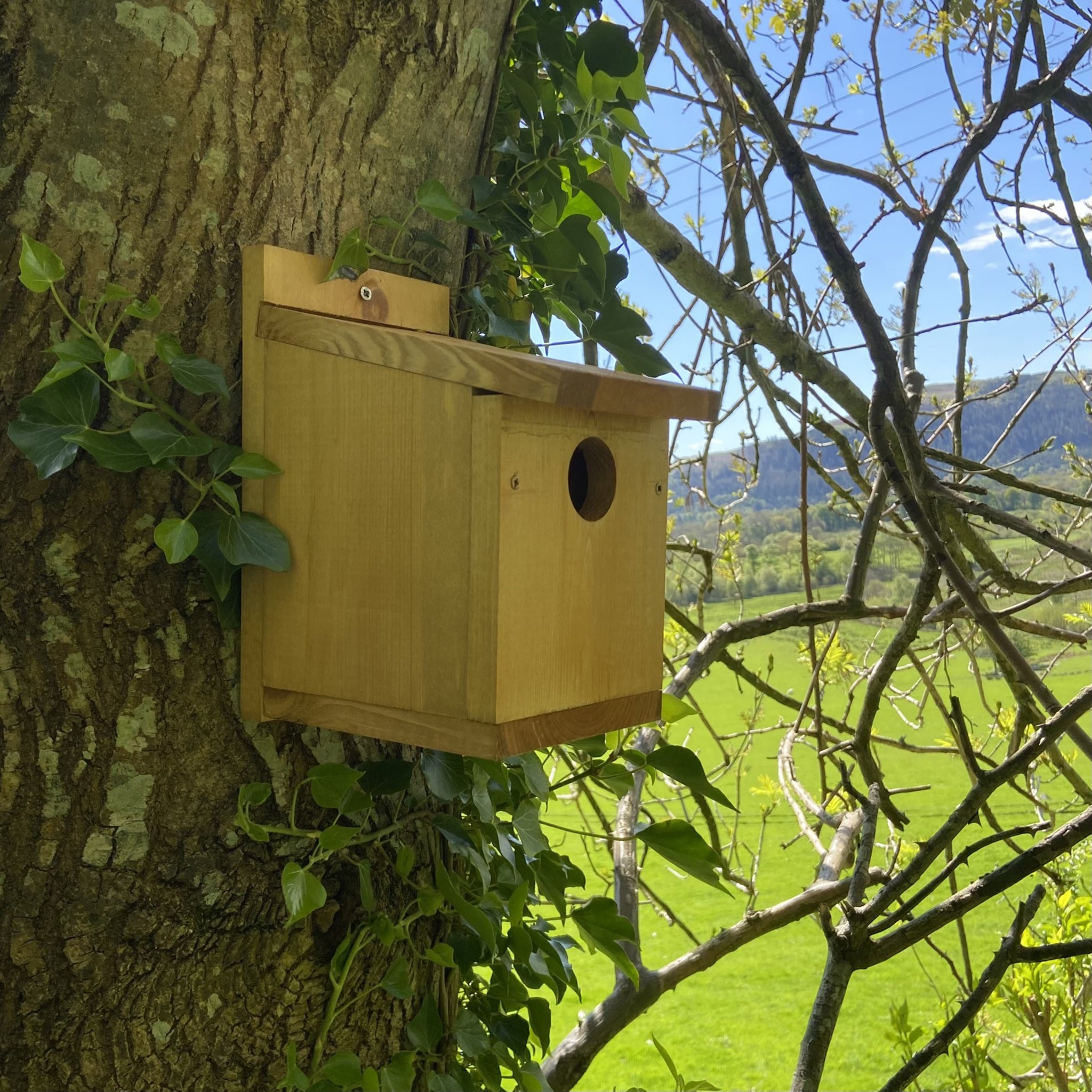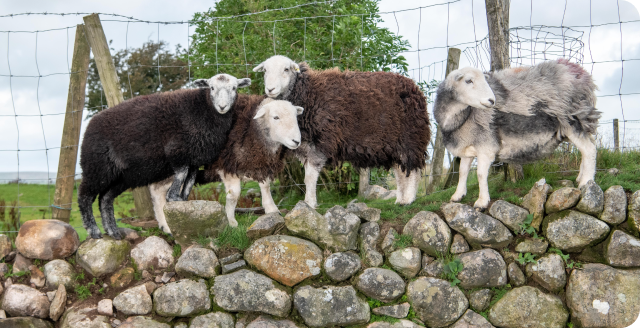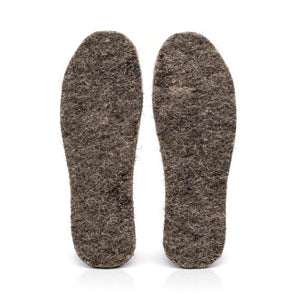What species of bird is the Classic Nest Box suitable for?
The Classic Nest Box has a hole with a diameter of 30mm. This makes it suitable for a wide range of birds, including tits, sparrows, nuthatches, redstarts and flycatchers. It has a hole in the back so it can be easily fixed using a single nail.
What species of bird is the Classic Nest Box suitable for?
The Classic Nest Box has a hole with a diameter of 30mm. This makes it suitable for a wide range of birds, including tits, sparrows, nuthatches, redstarts and flycatchers. It has a hole in the back so it can be easily fixed using a single nail.
Where should the nest box be erected?
It can be fixed to a tree, shed, post – anything that’s in a discreet out of the way place. Birds are clever at going in and out of the nest box just when no-one’s looking, but it’s got to be somewhere where they’re not going to be disturbed. Think about how you use your garden and whether the place you’re putting it is going to be disturbed when you go to hang out the laundry or do garden chores for example. And it’s very important to make sure it’s not somewhere that can easily be accessed by predators, particularly cats. If you’re fixing it to a shed for example, make sure the cat can’t just sit on the roof or garden wall and take up a passion for ornithology.
If you have access to wild areas then this is ideal. Sadly most of our British species of bird are on the decline at the moment, and one of the reasons for this is a loss of suitable breeding spaces. We spend billions on wild bird food in this country which is great because it means by adapting and moving to gardens as a feeding habitat, it provides birds with a chance to survive. However having suitable places to nest and breed are equally important, and that’s where putting up nest boxes comes in.
How high should the Classic Nest Box be erected?
It can be a mistake to put a nest box too high up. Bat boxes need to be as high as you can get them, which can be tricky, but most small bird species tend to nest nearer to cover from shrubs and bushy trees so having the box near this sort of cover is ideal.
Can the Classic Nest Box be painted?
It doesn’t need to be painted since it’s treated with a water-based stain to preserve the wood for longer. However it can be fun to paint bird boxes and it’s a way of engaging children with an interest in wildlife. The bird box can be painted with non-toxic paints. It’s best to use colours that won’t alert predators to the presence of the box, so nice camouflage colours work best.
Does the Classic Nest Box need to be cleaned out?
The nest box has a panel at the front so it can be unscrewed and old nesting material removed. What I find with my own nest boxes is that old nesting material tends to decompose over the year, and each spring the birds come and replenish it. So they don’t need too much maintenance. However over time they can get filled up so it’s a good idea to empty them out every few years. Remember, if there are any unhatched eggs remaining, they can only be removed between 1st August and 31st January. (Wildlife & Countryside Act 1981).
How can birds be encouraged to use the nest box?
First of all make sure it’s in a good location that won’t be disturbed. If there isn’t a suitable location in your own garden then think about other locations that might be better suited to being used by wild birds. Encourage wild birds by hanging out a variety of bird foods. Finally, you can help them make their nests nice and snug by hanging out a bag of sheep wool for them to line their nests with.














